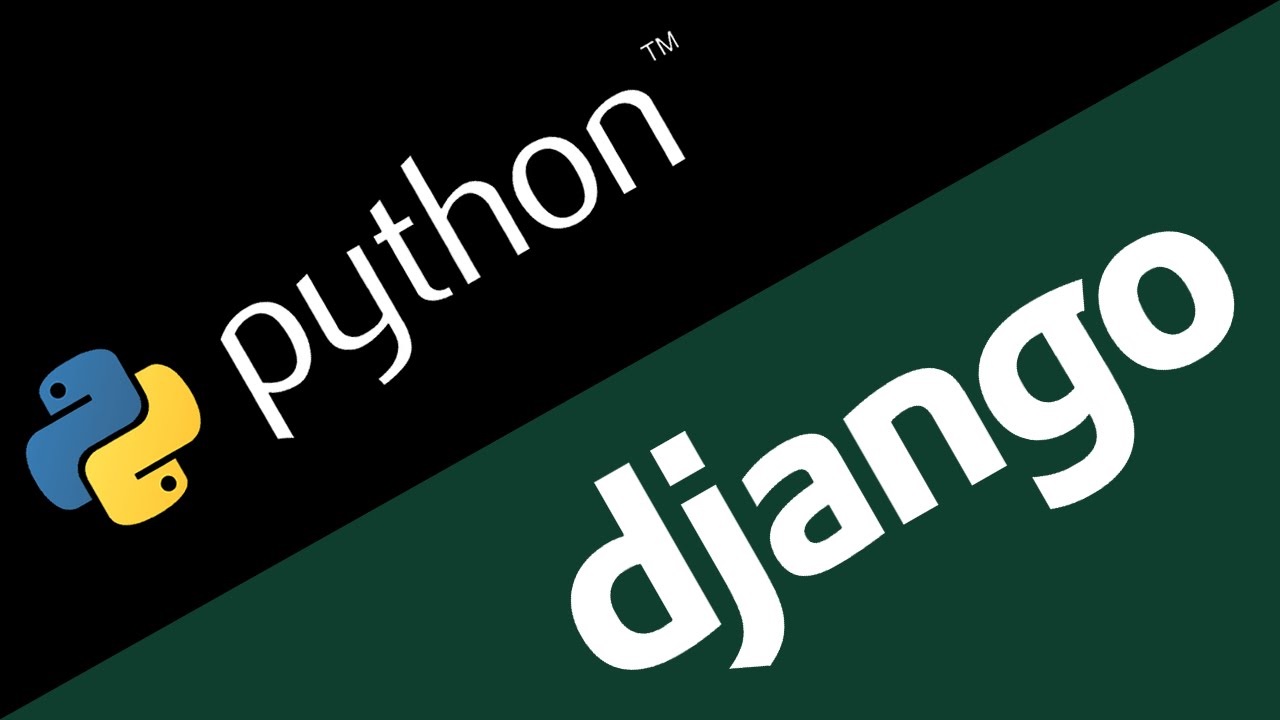Why Django?
By: Abolfazl Mohammadijoo | Date: July 24, 2023
In this article, I want to explain the main advantages of “Django Framework” and when we should use Django for developing our website. First of all, Django is based on Python language which is very popular and easy to learn. Django is not as old as other web development languages like PHP and JavaScript, but since its first release, it has become popular very fast. Below we introduce the main reasons for Django’s popularity.
Django Follows MVC Pattern
In older web applications like PHP websites, every page had its own file and was connected to the database in case of need. Modern web applications are based on the MVC design pattern which stands for Model-View-Controller. In this pattern, “Model” represents the structure of databases and their fields. “View” is responsible for website pages that show up on the browser and “Controller” acts like an interface that connects view and model. Some developers believe that the Django design pattern is “MVT” which stands for “Model-View-Template” and in this pattern, views.py works as controller and templates work as view. However, these modern patterns make web development easier and more organized, especially when your application is large enough.

Django Admin Panel
Django has a built-in admin panel like what you see in “WordPress” CMS, but its admin panel is completely customizable and programmers have full control to customize this panel. The speed of this admin panel is much more than WordPress and databases are shown in the admin panel, but in CMS like WordPress, you need to connect to phpMyAdmin to access your databases. WordPress and its plugins are good for people who want to have a website with almost no need for programming knowledge, but Django is a great web infrastructure that suits Python programmers who want to build “large”, “fast” and customizable web applications.
Authentication System
Django has a great built-in Authentication System that makes this part of web development very easy for web developers. You also could inherit Django authentication classes and build your custom login model with less work.
Security / Scalability
Django is very secure and many web attacks like SQL injection, cross-site scripting and etc., are secured by Django. It is very scalable which means no matter whether your web app is small or large, Django responds pretty well and many websites with high traffic prefer using Django because of this awesome capability.
Django for Machine Learning and Data Science
There is no doubt that Python and its libraries like “Scikit-Learn”, “Pandas”, “TensorFlow”, etc., are the most used solution for machine learning, deep learning, and data science applications. What if we integrate the machine learning models created by these libraries in a web application created by Django? Certainly, implementing Machine Learning / Data Science models in web apps with other web development languages is not as easy as Django, and in some cases, it is impossible or you don’t have a variety of customization in your web app.
Django API
With the Django rest framework, you can build a REST (Representational State Transfer) API in Django very rapidly and easily. APIs (application programming interface) are the main part of modern and large web applications and Django makes it easy to build REST APIs.
Django and Databases
Django is compatible with all relational and non-relational databases like SQLite, MySQL, PostgreSQL, MongoDB and etc. For very large web applications, implemented in the cloud servers, No-SQL solutions like MongoDB can handle data storage and data accessibility very fast and scalable.
Django Community
Django has an awesome and complete tutorial that comes on its official website and that makes working with Django easier. Moreover, there is a big community around Django on different websites like Stackoverflow and etc., which makes the debugging process faster for Django web apps.
